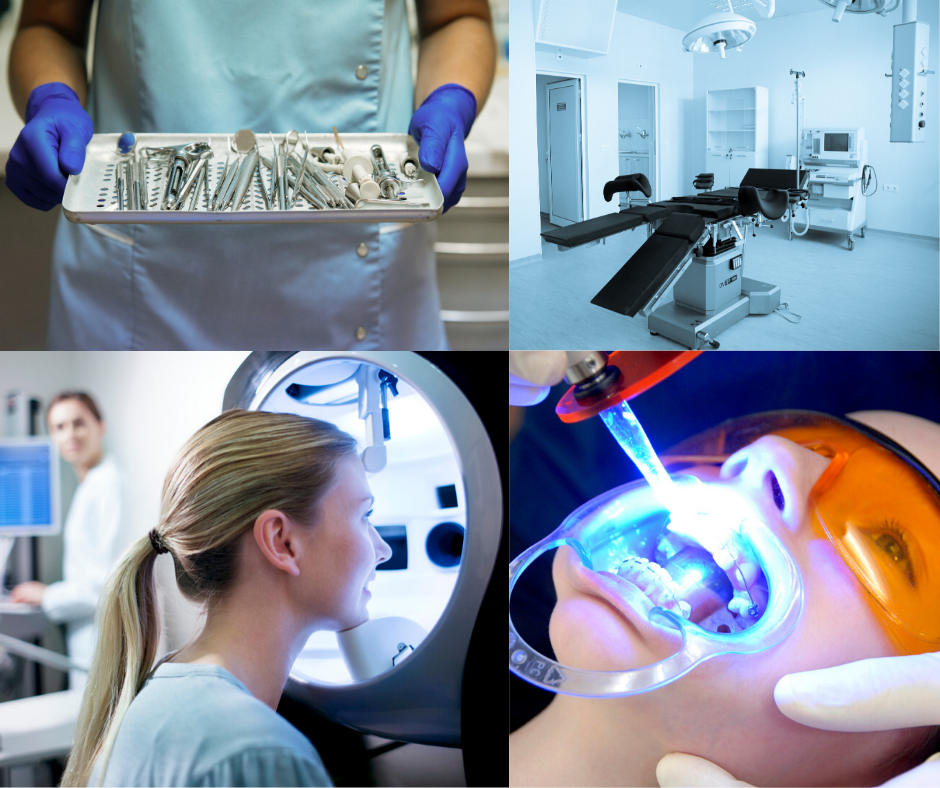Ultraviolet (UV) lighting has been recognized for decades for its ability to inactivate a range of dangerous bacteria and viruses. With the entire world looking for ways to better disinfect our surroundings, it is no wonder UV Light Emitting Diodes (LED) lighting has become a major topic in the lighting industry. UV LED lighting offers longer lifetimes, greater reliability, smaller sizes and they enable system designers maximum design freedom for their vessel’s trajectory. Traditional UV lighting systems rely on mercury lamps for their light source which are not as reliable, compact, or cost-effective as LEDs.
UV Wavelength Variations:
There are different variations of UV lighting based on electromagnetic radiation in wavelengths measured in nanometers. UV occurs naturally from the sun and is known to make black-lights glow, create a golden summer tan and of course, sunburns. Radiations with wavelengths from 180 to 280 nm are referred to as UV-C and this is the range needed to be used effectively in decontamination, disinfection and sterilization.
UV-C light damages a cell or microbes DNA and RNA which renders it inactive by destroying its ability to reproduce and spread further. It can be used to disinfect surfaces, objects, water and even air. The Centers for Disease Control and Prevention (CDC) is even investigating the use of UV light to allow N95 respirators to be decontaminated and reused. UV-C light is harmful to skin and can cause burns and eye damage so it should only be used in applications where no one is present at the time of disinfection.
Benefits of UV-C LED Lighting:
While there are many benefits to using UV-C lighting, the user will see the most benefits by using UV-C LED lighting. Mercury based UV lighting tends to require lots of maintenance and can cause environmental damage with mercury pollution. It also takes much longer to preheat the light source and produces a dispersed light since it uses a big ionized gas chamber. With UV LED lighting, the user is provided a much more energy efficient and environmentally friendly solution. With reduced maintenance, small compact sizing and requires no preheating, it is a more cost-effective and convenient option. Studies are showing the use of high-intensity UV LED lighting can provide faster, complete and irreversible inactivation in some cases where a traditional mercury lamp could not due to a lower power output at targeted wavelengths.
UV LED lighting’s compact size has also helped with the development of point-of-use disinfection solutions such as water bottles and bottle caps used to disinfect water, wands to sanitize surfaces and even portable sanitizers small enough to travel with that can be used on phones, keys and other small objects.
Summary:
So while UV-C radiation has been used extensively for more than 40 years, UV-C LED lighting is a more sustainable solution than the traditional method to provide evenly dispersed heat, instantaneous preheating, a concentrated light source and a durable housing. With such a flexible, user friendly implementation, they can be integrated into various systems and improve the efficiency of the disinfection process.
